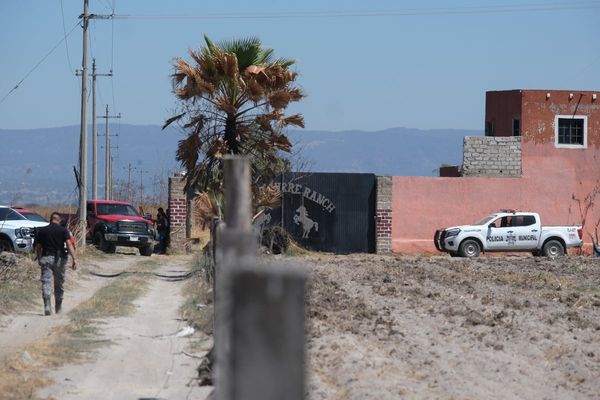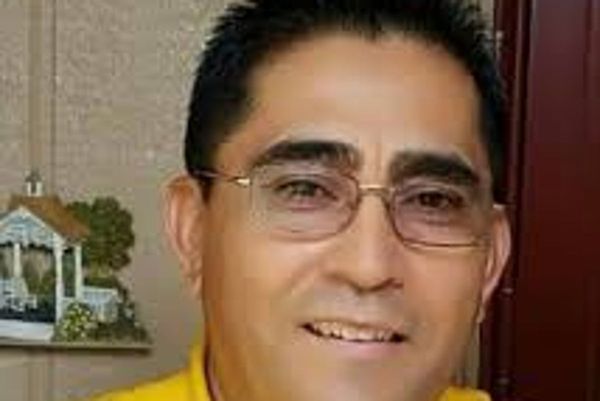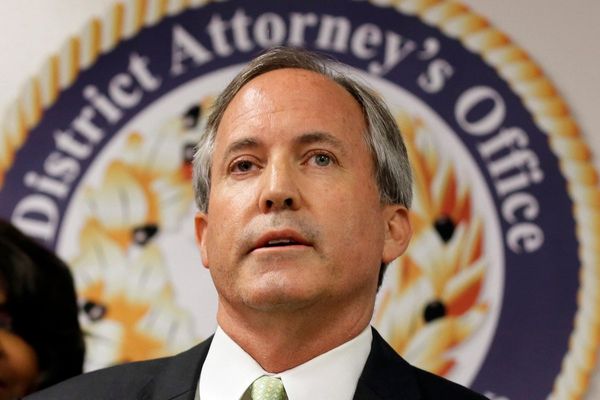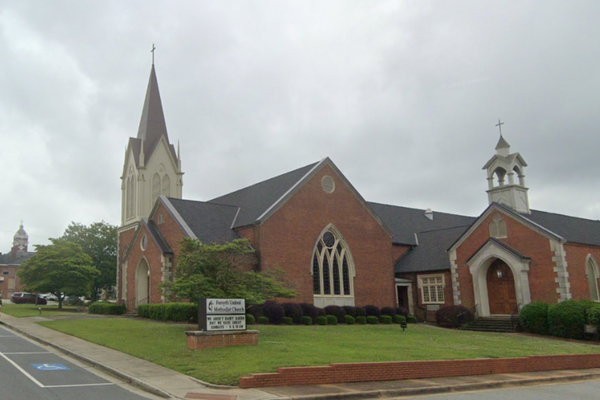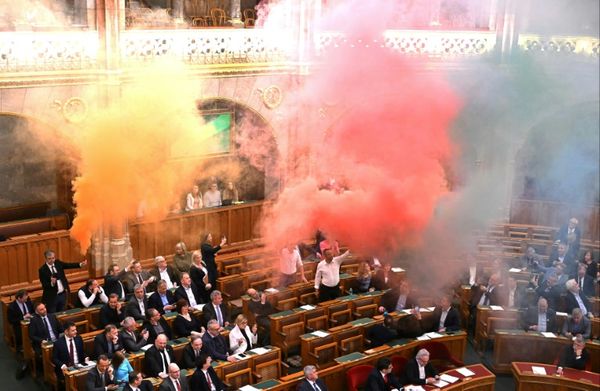DALLAS — A suburban school district southwest of Austin, Texas, shared a video in classrooms that depicts a student performing CPR on his friend for 15 minutes after he suffered from a suspected fentanyl poisoning.
It’s part of an aggressive awareness campaign launched after four students in the Hays school district died from fentanyl poisoning or suspected poisoning. Other videos feature the parents and friends of students who died.
Administrators in the 20,000-student district that includes San Marcos openly address the deaths with community members and push out information to families.
“To be silent about it would have just actually contributed to the problem,” Hays CISD spokesperson Tim Savoy said. “We chose to address this head on because we were really losing students to this.”
Across Texas, school leaders are grappling with how to address the latest wave in the country’s ongoing opioid crisis. Fentanyl is now the deadliest and most accessible street drug, according to law enforcement officials.
This week, a man and woman were charged with conspiracy to distribute fentanyl in connection with the deaths of three Carrollton-Farmers Branch ISD students and the hospitalizations of six others.
The drug is often laced into fake pills, putting unknowing buyers at risk when they seek Percocet or Xanax, for example. The synthetic opioid is up to 100 times more potent than morphine and an amount as small as the tip of a sharpened pencil can be lethal.
Carrollton-Farmers Branch school officials said they are educating students and families about the dangerous drug. A regularly scheduled student health advisory committee meeting on Thursday now will include a discussion on fentanyl.
In the Austin area, Hays officials stepped up efforts because they knew “that the fentanyl crisis had knocked on our door,” Savoy said.
One 15-year-old Hays student overdosed after taking a counterfeit Percocet laced with fentanyl toward the end of last school year.
A school nurse was able to administer a dose of naloxone — the life-saving opioid overdose reversal drug — but the high school freshman spent about a week at a nearby hospital’s intensive care unit.
Several schools across North Texas — including in Carrollton-Farmers Branch — stock naloxone, commonly available as a nasal spray known as Narcan, on campus.
Districts aren’t required to stock the life-saving drug that can temporarily reverse the side effects of an overdose.
School resource officers have the drug in many instances, as officers often carry it as part of law enforcement/first responder equipment.
Most school nurses and even some counselors and other school staff members are trained on recognizing signs of an overdose or drug use by students. In some districts, especially smaller ones, counselors have access to naloxone and have been trained on how to administer it.
In Everman — a 5,500-student district just south of Fort Worth — the superintendent is also trained on administering naloxone.
Students have led the effort to expand access to Narcan in some areas. Last year, the Northwest school district provided every campus with the life-saving drug after a junior petitioned the school board.
Aubrey Dickinson, a student at Steele Early College High School, even helped Northwest ISD identify a grant through the National Association of School Nurses.
“If somebody is unconscious or presenting the signs of an overdose, they can be given the nasal spray and it will block the nerve receptors that are taking in the drug and stop the overdose,” Dickinson explained at the time. “It’s been called a miracle drug for that reason.”
Other districts are beefing up drug awareness and prevention programs to specifically include fentanyl.
On Tuesday, for example, Grapevine-Colleyville schools held a parent information night that included a screening of the documentary “Fentanyl Factor” with a panel discussion that included local experts.
GCISD spokesperson Nicole Lyons said the district also plans for school nurses to conduct annual training sessions to all campus staff on how to use naloxone.
The Texas Education Agency shares various resources with schools that include lists of providers who can provide prevention presentations, materials for awareness campaigns and even where families can find information about safe drug disposal programs.
Two years ago, the fake pills hadn’t yet saturated the Dallas-Fort Worth region, said Eduardo A. Chávez, special agent in charge of the Dallas DEA office.
But now, he said, they are in suburban schools as much as on “the street corner and gated community park.”
Two pills are generally retailing locally for as little as $10 and as much as $30, which could be a teen’s gas money, he added.
Parents may not think their kids can afford the pills. Students, however, have been known to trade things for them, such as sexually explicit photos and air pods, he said.
Depending on their sophistication, kids are either crushing and snorting the pills or swallowing them with water, he said.
Chávez said so many school districts have taken “different approaches” to the problem, making it difficult to say if they’re doing enough.
“As a community, I think we could always be doing more,” he said.
